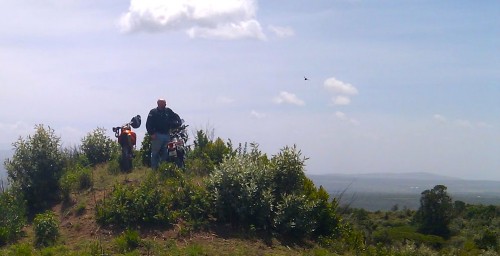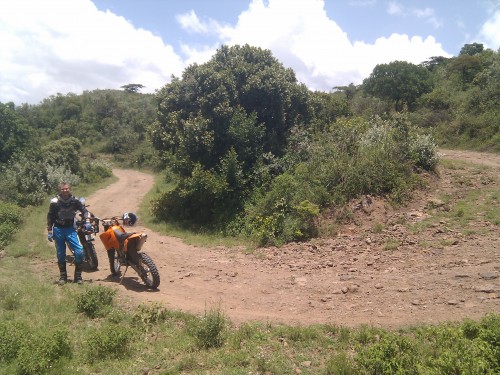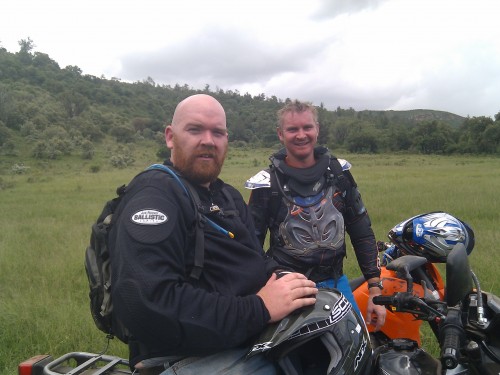Due to a series of mishaps and bad luck on our trek up to northern Kenya, I find myself sitting in a hoteli by the side of the road in Laisamis eating goat stew and trying to type with only one hand (my left).
Let me start at the beginning.
My childhood friend works for Food for the Hungry in Kenya, and he invited me to come on a trip with him and his funders from Blood:Water Mission into the wild west of Kenya, the NFD (Northern Frontier District). I haven’t been up to the Lake Turkana area for years, so was happy to join up, especially as it gave me a chance to test mobile connectivity and try out some GPS mapping of water projects.
I was greeted early yesterday morning by a Landcruiser with the pungent smell of goats and birds. It turned out that the vehicle had just been used to ferry goats, and that we were presently carrying 10 guinea fowl and one peacock as we were to deliver them to the Mount Kenya Safari Club on our way. A few fowl got loose along the way, and I only received one head wound in my efforts to wrestle three of them into a box while hurtling down the road at 100 Kph.
The rains have come to these usually arid lands, and all is incredibly green and lush. By about 6pm we knew we were running late as we tried to reach Korr for the evening. We took a less well-known road, that locals said they had seen a car pass through that very day. It was dark by now, and we were able to follow the tracks quite well, even through a small river and a kilometer of boggy trails.
This is why when we reached a small stream, tested and waded it, that we weren’t overly concerned. Erik (my friend) gunned the engine and we dropped down into the water. What we hadn’t considered was that the already long wheelbase was made longer by a substantial bull-bar in the front and a big bumper in the rear. We promptly lodged ourselves between the two banks with only 2 wheels touching. We rushed to dig and push, but before a few minutes had passed, the river had eaten the soil out from under the tires.
For the next 3 hours we dug, pushed, rocked, cut branches and got no where, except about 2 feet deeper… At this point I would like to point out that the vehicle had shown up with 4 bad shocks and a flat tire (repaired and replaced in Nanyuki), no shovel, no winch, and a hi-lift jack that we soon found was broken. Not an optimal situation.
To keep the vehicle from becoming more submerged we built a dam near the front and dug about 5 feet of earth in the rear as a new stronger channel for the water to flow through. Our only tools were caveman-like sticks and a “simiâ€, a panga-like dual-sided fighting and all-purpose blade. The blade was excellent for cutting back the soil.
Unfortunately, at about 11pm, I was cutting the clay-like mud back and my hand slipped. Cold, muddy steel sliced deeply into all four fingers and the palm of my right hand. Quick action by the team cleaned and dressed the wounds, but I was stuck uselessly watching until we set up camp and fell to sleep exhausted.
The next morning Erik set off towards some hills 10 kilometers away, while we stayed with the mired down vehicle. He got through, and by 2pm our relief came walking in. He couldn’t reach us by vehicle from the front, as it appeared that the road was washed out there as well. I badly needed to get my hand stitched up and cleaned, so I slogged the 5k back with him through a road that had become a river. He dropped me off at a Catholic-run clinic in Laisamis as he went on to pull the others out from behind. The nurses sewed me up with stitches the size you’d use on a football, and the needle sticks into the wound felt great.
My goat stew is delicious, and Erik has just walked in. He tells me that they were able to jack up the rear and winch out the vehicle backwards just as another flood of water hit. The hi-lift jack and the shovel brought by the other vehicle were lost in the mad scramble for the quickly receding dry ground. Our gear is wet, scattered and dirty, but we’re all fine and on our way to Korr and, more adventure.
Pics by @justbarak
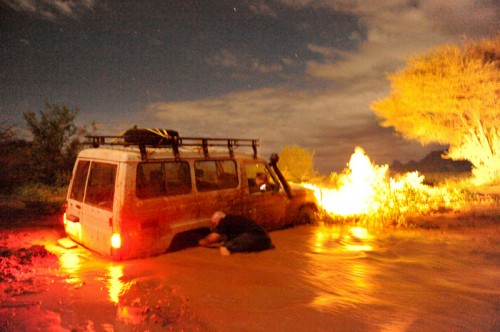
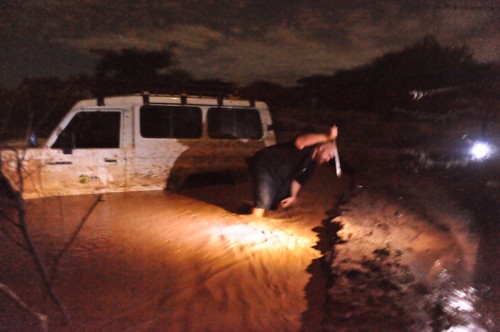

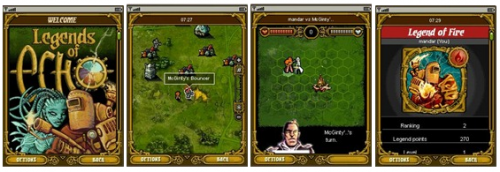
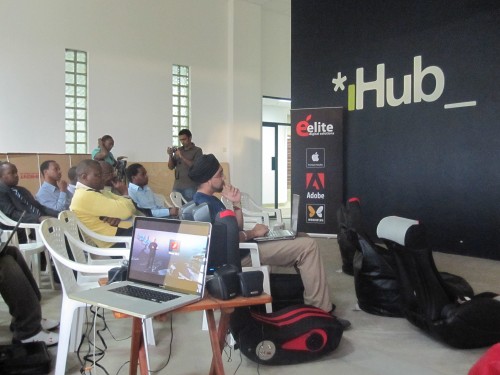



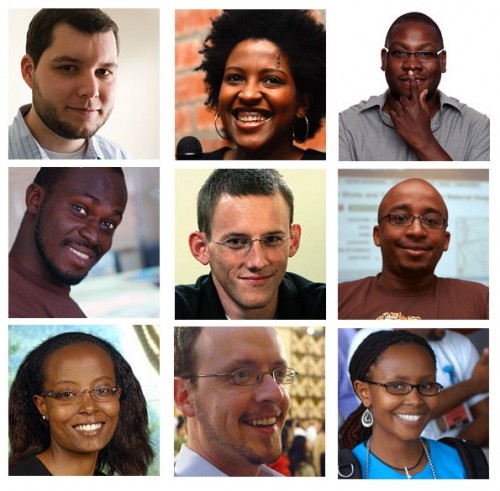
 That’s the wrong model for us. Instead, we should look closer at the
That’s the wrong model for us. Instead, we should look closer at the 
